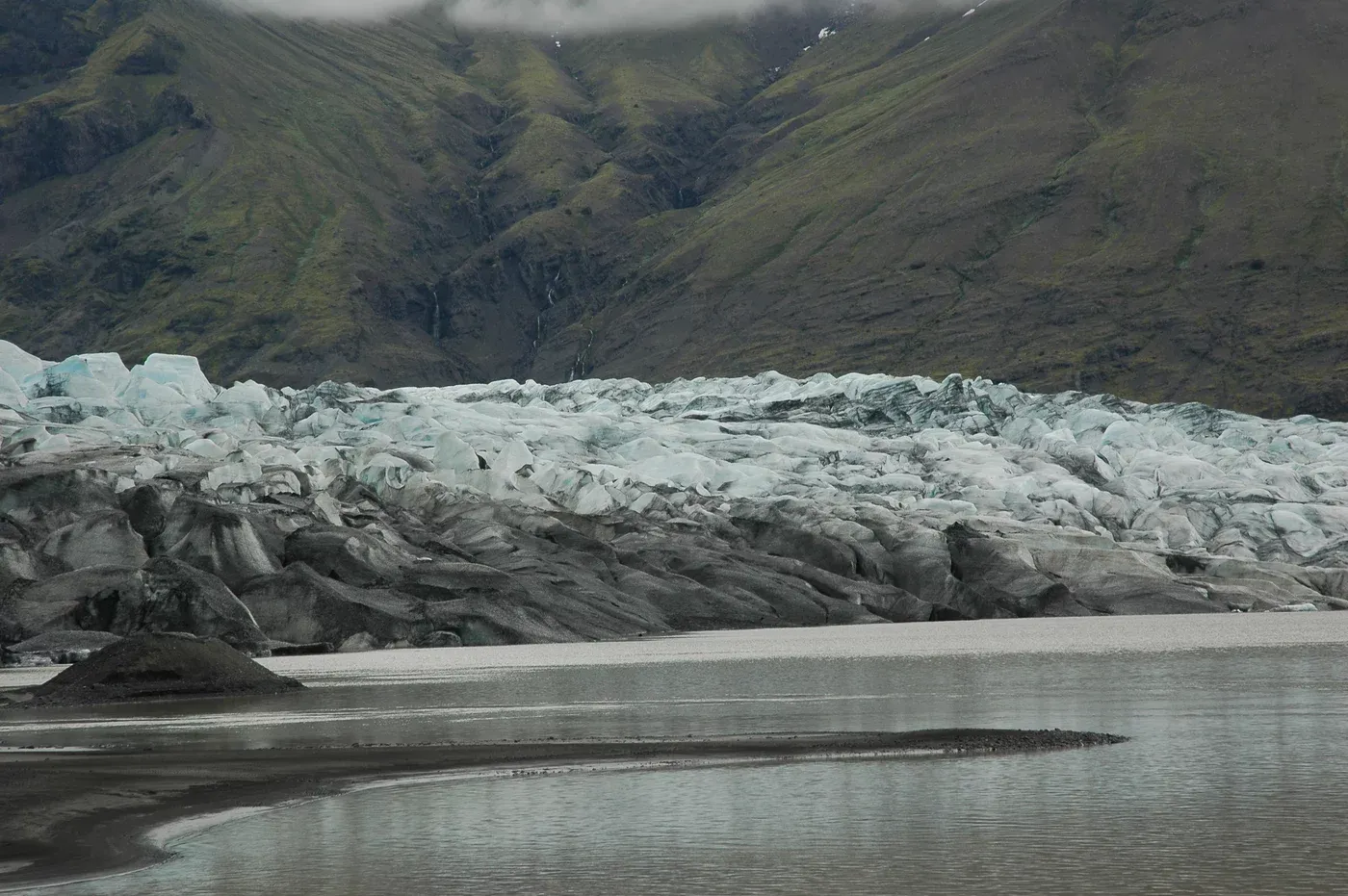Life Recovered Rapidly at Site of Dino-Killing Asteroid. A Hydrothermal System May Have Helped. | Jackson School of Geosciences | The University of Texas at Austin

A figure showing a hypothesized semi-enclosed environment created by post-impact hydrothermal activity.
Credit: Sato et al.
This requires either a profound lack of scientific knowledge and understanding, or extraordinary mental gymnastics, to cope with the cognitive dissonance and dismiss the abundant contrary evidence. Advocates of creationism frequently attempt to rationalise away this evidence, attributing it to errors, falsifications, or even alleging a global conspiracy within the scientific community.
Recently, another piece of evidence undermining creationist claims emerged with the publication of a study in Nature Communications. The paper documents how marine life rapidly recovered at the site of the dinosaur-killing Chicxulub asteroid impact in the Gulf of Mexico, 66 million years before creationism's mythical 'Creation Week'.
This rapid recovery was facilitated by nutrient-rich waters resulting from hydrothermal activity triggered by the asteroid collision.
Creationists might not want to hear this because they have well-rehearsed excuses for dismissing radiometric dating, but the study depended on analyzing the ratios of stable osmium isotopes in sediments at the Chicxulub impact site. This analysis is not a form of radiometric dating; rather, it involves comparing the naturally occurring ratios of these isotopes from terrestrial and meteoritic sources to trace their origin. By correlating these isotopic variations with sediment depth, researchers have inferred the contribution of meteoritic material over time.
The timing of the Chicxulub impact has been corroborated through multiple independent methods, including high-precision uranium-lead (U-Pb) dating of zircon crystals. These zircons, found in impact-related deposits, provide robust age constraints that align with the established date of the event.








